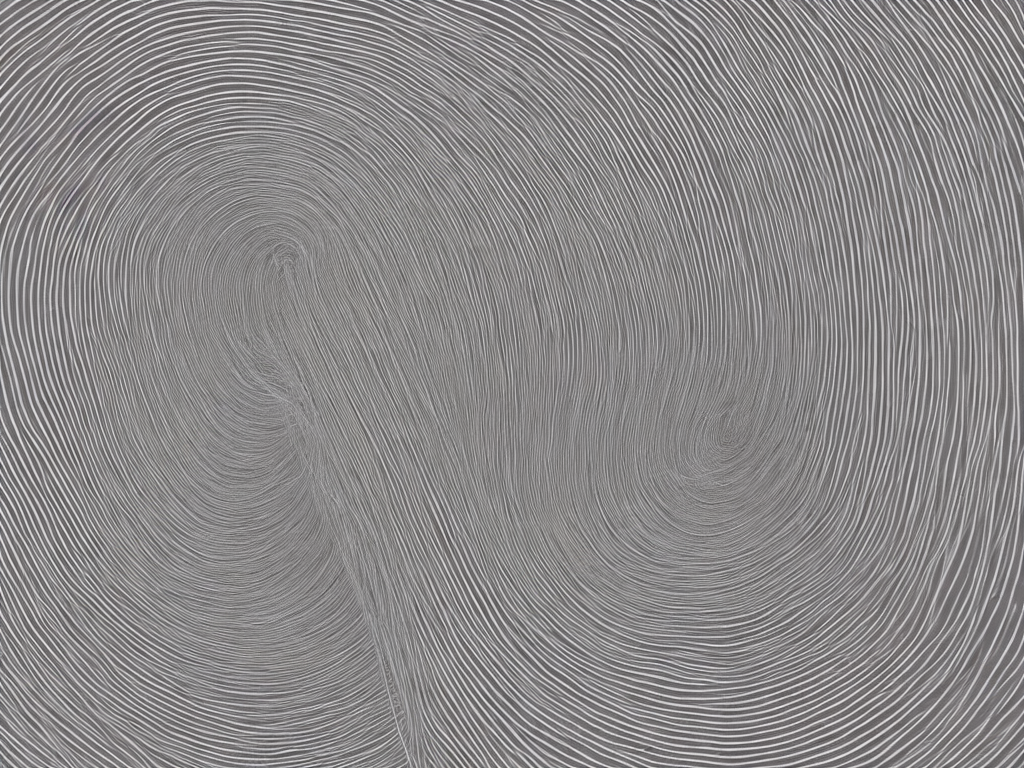
Sound waves are fascinating phenomena that are ubiquitous in our lives. They are responsible for enabling us to communicate with each other, providing entertainment in the form of music, and even facilitating medical diagnoses. Understanding sound waves is crucial for anyone who wishes to delve deeper into these areas, and one of the key concepts one needs to comprehend is the phase difference between node and antinode.
Before we delve deeper into this topic, let’s first introduce some fundamental concepts related to sound waves. Sound is a mechanical wave that originates from a disturbance or vibration of a medium, such as air. These vibrations create and propagate pressure variations that we hear as sound. The frequency of these pressure variations is what determines the pitch of the sound, while the amplitude determines its volume.
A sound wave can be visualized as a longitudinal wave that consists of a series of compressed and rarefied regions that propagate through the medium. At any given time, particles in the medium are either compressed or expanded, resulting in areas of high and low pressure along the wave. The regions of high pressure are referred to as compression, whereas those of low pressure are referred to as rarefaction.
Now, let’s consider the concept of nodes and antinodes in sound waves. A node is a point in a wave where the displacement of the particles is zero, meaning there is no compression or rarefaction. This point remains stationary even as the wave propagates further. In contrast, an antinode is a point in the wave where the displacement is at a maximum. This is the point where the compression or rarefaction is at its most intense.
The phase difference between node and antinode relates to the position of these two points in the wave. In a sound wave, the distance separating two consecutive nodes (or antinodes) is known as the wavelength (λ). The phase difference between node and antinode can be understood as the shift in the position of these two points relative to each other. If we imagine a graph that plots the displacement of the particles in the medium against time, we can see that nodes and antinodes move in opposite directions along the wave. The difference in their positions at any given moment is the phase difference.
This phase difference is crucial to our understanding of sound waves. In fact, it is what determines the interference pattern observed in waves. When waves of different frequencies are superimposed, interference can either be constructive or destructive, depending on the phase difference between the waves. Constructive interference occurs when the two waves are in phase, meaning their peaks and troughs align. This results in an increase in the amplitude of the wave. Conversely, destructive interference occurs when the two waves are out of phase, meaning their peaks and troughs are misaligned. This results in a decrease in the amplitude of the wave, or even its complete cancellation.
The phase difference between node and antinode can also be visualized using standing waves. Standing waves are formed when two waves of the same frequency and amplitude, traveling in opposite directions, interfere with each other. The result is a wave that appears to be standing still, hence the name. In a standing wave, the nodes remain stationary while the antinodes vibrate at maximum amplitude. This creates a unique visible pattern that depends on the frequency of the wave and the properties of the medium.
The role of phase difference in standing waves is essential. In a standing wave, the displacement of particles at a given point is the sum of the displacements of the two waves that make up the standing wave. If the two waves are in phase, the displacement of the particles at that point will be twice the amplitude of each wave. Conversely, if the two waves are out of phase, the displacement of the particles will be zero. This is because the compression of one wave is canceled out by the rarefaction of the other.
Understanding the phase difference between node and antinode is vital in many scientific and practical applications. For instance, it is essential in musical instruments, where the position of nodes and antinodes within the instrument determines the pitch of the sound produced. This is why different musical instruments have different shapes and sizes; they are designed to create specific standing waves that produce certain frequencies.
Similarly, phase difference is also critical in audio technology and acoustics. Sound engineers use it to ensure that the sound waves produced by different speakers in a sound system are in phase, resulting in constructive interference that increases the overall sound quality. Additionally, it plays a crucial role in ultrasound imaging, where high-frequency sound waves are used to visualize internal organs and tissues. The position of nodes and antinodes within the body determines the quality and resolution of the ultrasound image produced.
In conclusion, the phase difference between node and antinode is a fundamental concept in sound wave physics. It relates to the shift in position of these two points in the wave and plays a crucial role in determining the interference pattern observed in waves. Understanding this concept is essential in many scientific and practical applications, from musical instruments and audio technology to medical imaging. With a basic understanding of the phase difference between node and antinode, one can gain a deeper appreciation of sound waves and their importance in our lives.
 Self-Instruct
Self-Instruct